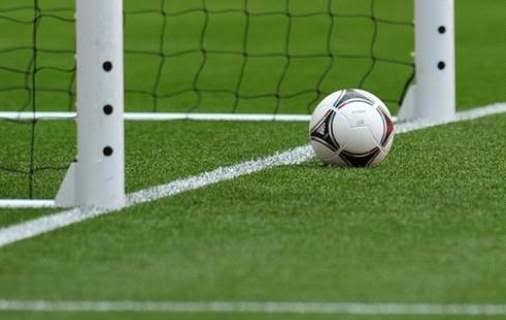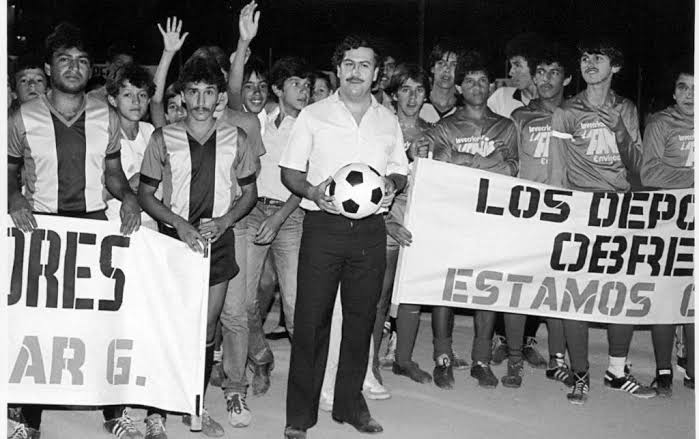Goal-Line Technology, otherwise called GLT, is an innovative system introduced by the world football governing body FIFA. This technology was introduced to help the referee determine if the ball has completely crossed the goal line or not. The innovation was introduced in late 2012 by FIFA, after years of testing at the FIFA Club World Cup played the same year. International Football Association Board (IFAB), a subsidiary of the football governing body, also amended the existing laws of football to include the use of goal-line technology.
Why use GLT?
For many years in football, avoidable controversies had been generated due to the pitch referee’s inability to judge if a team had rightly scored a goal. This was due to the fact that because of the fast pace and speed of the game, it was sometimes hard to see if a ball had crossed the line. This usually led to disagreements, arguments, and sometimes accusations of favoritism from match officials depending on who the decision favored or not.
The most prominent example of an issue surrounding whether the goal had crossed the line was the 1966 world cup finals between England and Germany when an English shot bounced off the bar unto line and out. Nobody was sure if it was a goal, even with countless TV replays, but the goal was in the end awarded to England by the referee.
Ironically, England were on the receiving end 44 years later at the 2010 World Cup. English midfielder Frank Lampard’s shot was wrongfully adjudged not to have crossed the German goal line while TV replays clearly showed it did. This led to criticism and widespread calls for the introduction of goal-line technology in the game. After initial resistance, it was finally introduced in 2012.

How does GLT work?
The GoalControl-4D system is the GLT most commonly used by FIFA. It deploys 14 high-speed cameras (7 for each goal), which are placed to focus on each goal to detect the movement of the ball in relation to the exact location around the goal line area.
Special software then calculates and analyses the footage from the 7 cameras to determine if the ball crossed the line. If it did cross the line the system would send an almost instant signal to a special watch worn by the referee indicating a goal. All these complex calculations, take place within a second so the referee would know if it’s a goal or not.
This has made the job of the referee easier and also reduced controversies because both players, and coaches know there is an unbiased scientific method to now determine if a goal has truly been scored.







